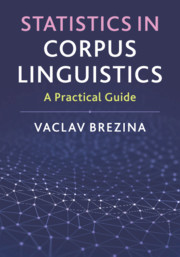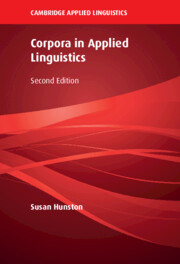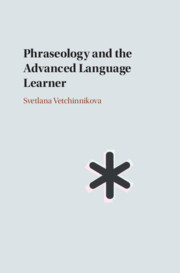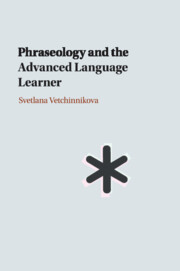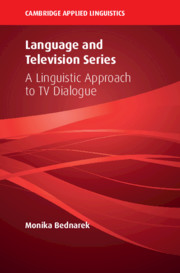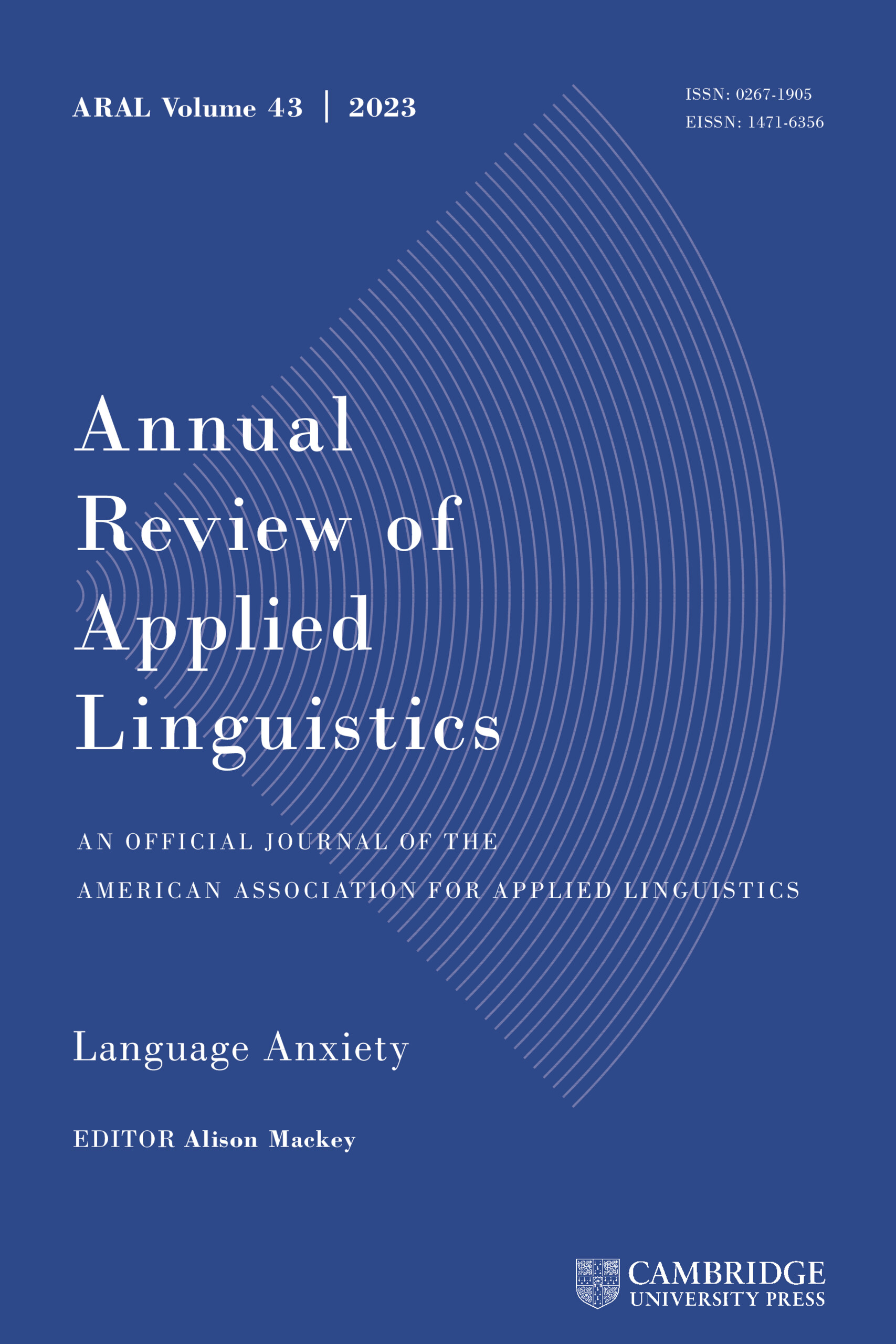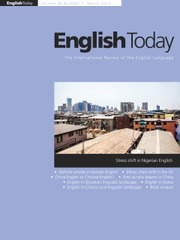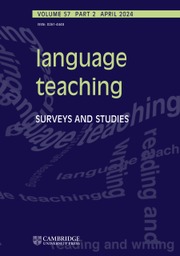Statistics in Corpus Linguistics
Do you use language corpora in your research or study, but find that you struggle with statistics? This practical introduction will equip you to understand the key principles of statistical thinking and apply these concepts to your own research, without the need for prior statistical knowledge. The book gives step-by-step guidance through the process of statistical analysis and provides multiple examples of how statistical techniques can be used to analyse and visualise linguistic data. It also includes a useful selection of discussion questions and exercises which you can use to check your understanding. The book comes with a Companion website, which provides additional materials (answers to exercises, datasets, advanced materials, teaching slides etc.) and Lancaster Stats Tools online (http://corpora.lancs.ac.uk/stats), a free click-and-analyse statistical tool for easy calculation of the statistical measures discussed in the book.
- Concepts are explained clearly, without the need for prior statistical knowledge on the part of the reader
- Organised in accordance with linguistic, rather than statistical topics, allowing techniques to be readily applied to readers' own research
- Each chapter includes a case study to demonstrate the application of each statistical technique
Reviews & endorsements
'An indispensable guide to statistical methods in corpus linguistics for both beginners and for linguists who already know a great deal about statistics. It contains discussion of a wealth of well-chosen and stimulating linguistic problems illustrating their research design and the choice of statistical techniques.' Karin Aijmer, University of Gothenburg
'An excellent book which is timely and accessible and includes an impressive balance of theory and practice - definitely a book the field has been waiting for.' Bróna Murphy, University of Edinburgh
Product details
September 2018Paperback
9781107565241
314 pages
245 × 173 × 19 mm
0.57kg
134 b/w illus. 75 tables
Available
Table of Contents
- 1. Introduction: statistics meets corpus linguistics
- 2. Vocabulary: frequency, dispersion and diversity
- 3. Semantics and discourse: collocations, keywords and reliability of manual coding
- 4. Lexico-grammar: from simple counts to complex models
- 5. Register variation: correlation, clusters and factors
- 6. Sociolinguistics and stylistics: individual and social variation
- 7. Change over time: working diachronic data
- 8. Bringing everything together: ten principles of statistical thinking, meta-analysis and effect sizes.

